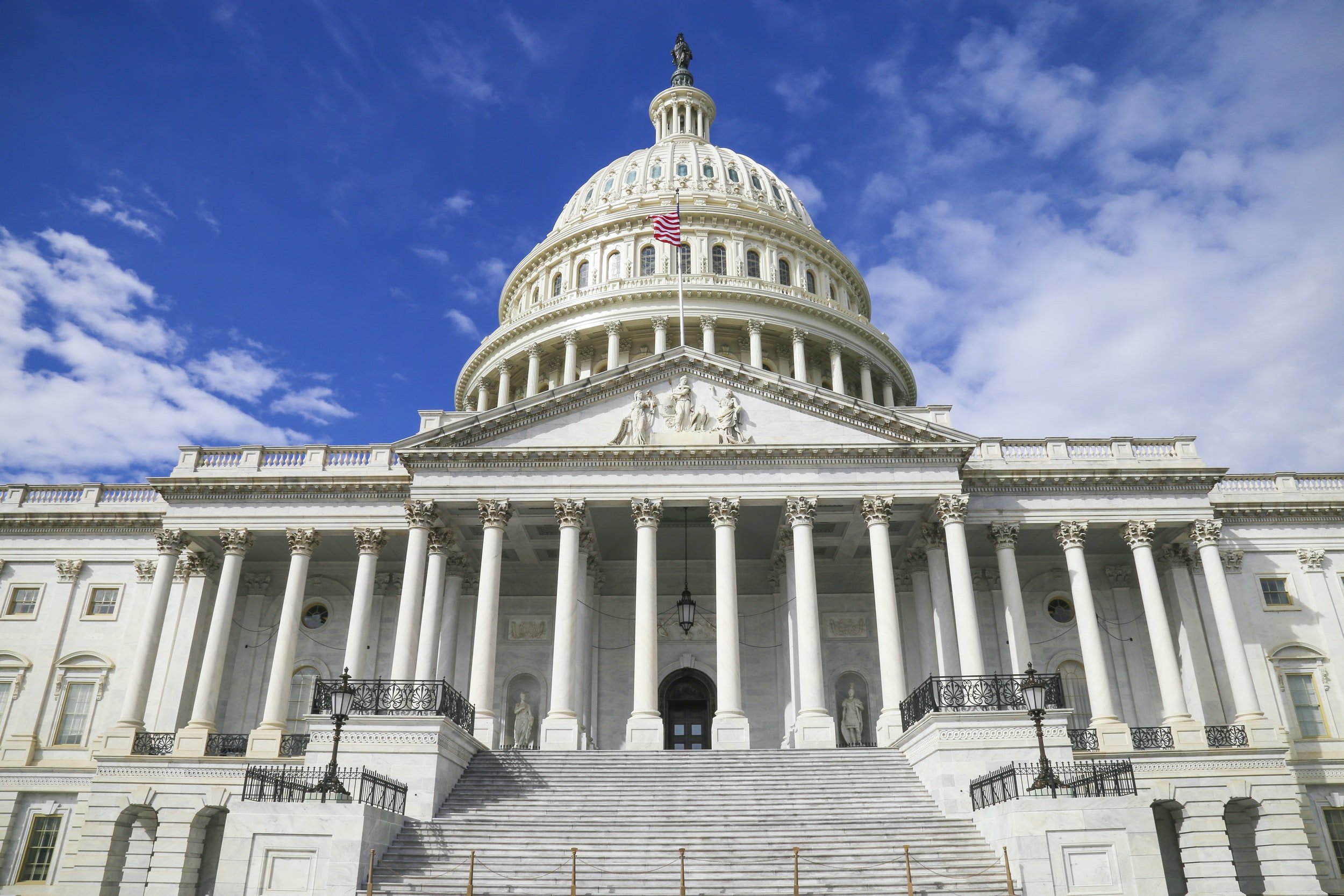BLOG / Financial News
How to take advantage of the CARES Act

On March 27, 2020 the Cornonvirus Aid, Relief, and Economic Security Act (CARES Act) was signed into law. The CARES Act is filled with different types of economic stimulus programs that are designed to bring immediate relief to Americans during the COVID-19 Pandemic.
The CARES Act is 880 pages, so during the month of April, my YouTube Channel featured short videos on some of the most popular items in the CARES Act along with my take on how they can benefit you directly. Below you will find a short summary of what we discussed as well as links to each week’s video.

